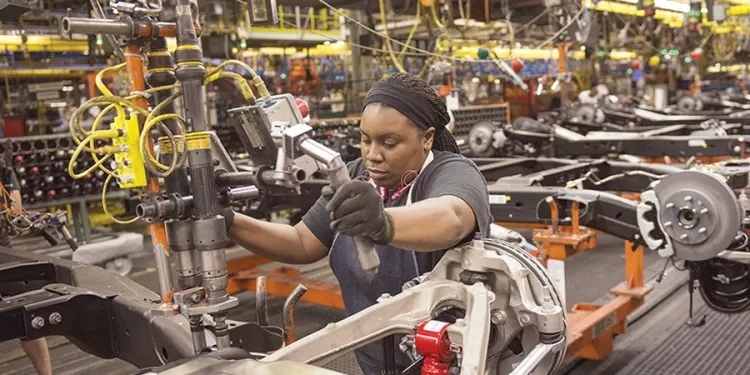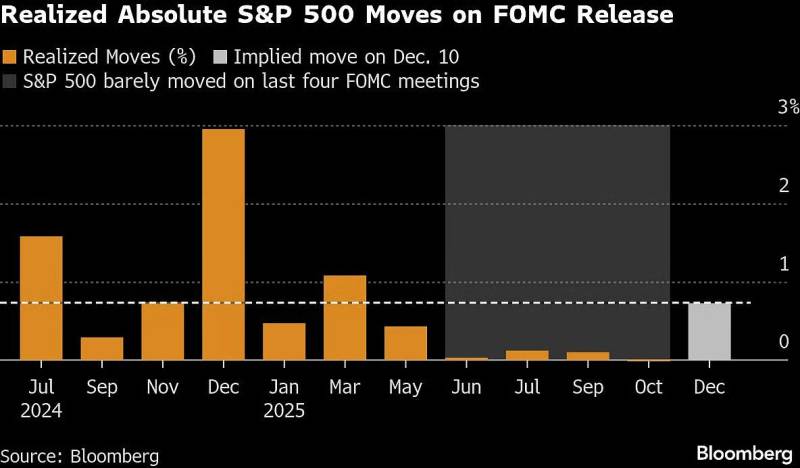Nigerian bank credit to the private sector increased to 26.8 trillion naira in June 2022, the highest on record. This is provisional data from the Central Bank of Nigeria.
Commercial banks, also known as deposit money banks, lent a total of 26.8 trillion naira in June 2022, compared with 24.378 trillion naira loans to the private sector in December 2021, represents 10.15% growth in 6 months.
Deposit money banks lent to the private sector at N21.89 trillion in June 2021, adding N5 trillion to year-on-year loan growth.
The central bank of Nigeria has pursued an aggressive policy of lending to the private sector for the past five years, hoping that this will help spur economic growth in the real sector while creating jobs. Private sector loans only reached N15 trillion in December 2015, so around N11 trillion has been added in less than seven years.
A closer look at the data shows that the manufacturing sector leads the pack for the first time as the sector with the highest share of loans. Total lending to the manufacturing sector is N4 4.53 trillion, or 16.9% of the total.

Commercial bank lending to the downstream sector has for years taken a large chunk of private sector credit.
Lending to the manufacturing sector rose 23% year on year to N4.53 trillion representing 16.9% of total banking sector credit to the private sector.
It has now taken over from the downstream sector of oil and gas which posted total sector credit of N4.2 trillion or 16%.
The general services sector was a distant third at 10% of total sector credit.
The fastest growing sector was the Agriculture sector has risen a whopping 41% year on year to N1.6 trillion.
Loans to the trade sector also grew 39% to N1.9 trillion.
Loans to the power transmission and distribution sector however fell by 20%, the only sector that did not record growth.
Focus on the Manufacturing sector
Read Also: Lagos Governor Says Motocycles Ban Has Been Safely Relieved
Nigeria’s central bank has in recent years pursued a policy that forced banks to increase lending to the private sector. Through its combined policy of cash reserve ratio and liquidity ratio, banks are forced to lend more to the real sector of the economy.
In one of its recent monetary policy communique, a member of the committee noted that “all sectors of the economy have benefitted from the increased lending with the top three being Oil and Gas, Manufacturing, and General.”
Data from the National Bureau of statistics also reveal the Manufacturing sector has posted a GDP growth rate every quarter since 2021.
The sector grew by 5.89% in the first quarter of this year the fastest quarter in about a decade. The manufacturing sector is also now contributing 10% of GDP up from 9% in 2016.
Apart from forcing banks to extend credit to the private sector, especially manufacturing, the CBN has also contributed its fair share via several intervention policies.
In its latest MPC, it stated, that Cumulative disbursements under the Real Sector Facility currently stand at N2.183 trillion for the financing of 414 real sector projects across the country.
Challenges still abound
Despite the increase in lending to the sector, the Manufacturers Association of Nigeria complains of higher interest rates, inflation rates, and access to forex as challenges affecting growth in the sector.
Recent data reveal maximum lending rates are on track to top 30% as banks.
Just recently, Mr. Mansur Ahmed, President of MAN, noted urged the need for both sectors to work together to reduce poverty, attract investment and boost economic growth.
He said, “The traditional industry-bank lending relationship is no longer supporting the growth of the industry, the bank, and the economy, as a whole. Industry activities have massively declined to show a rising number of moribund industries across the country and the increasing capital flight. “Based on this information, it is important that the commercial banks and the industry should come together to chart new ways of supporting each other to the benefit of all.”
However, CBN’s Deputy Director, Financial System Stability Directorate Mr. Eboagwu Ezulu, recently urged the Manufacturers Association of Nigeria (MAN) seeking cheaper loans to approach the development financing institutions like the Development Bank of Nigeria and Bank of Industry for their funding needs.
Credit Boom
Data from the central bank also shows total credit to the Nigerian Economy is now at all-time high of N57.2 trillion made up of N17.9 trillion to the government and N39.2 to the private sector. Private sector lending of N39.2 trillion includes loans from banks, non-deposit money banks, and the central bank’s intervention loans.
A recent article detailed the effect of the credit boom on Nigeria’s galloping inflation rate, indicating that the economic growth it is creating is not outpacing the inflation rate.
Growth in the money supply is now seen as a major catalyst for driving the inflation rate. Most of the growth is in the form of loans to the public and private sectors of the economy respectively.
As credit rises across the economy, the central bank will hope that it leads to faster economic growth by the time the Bureau of Statistics releases its second quarter GDP data.




